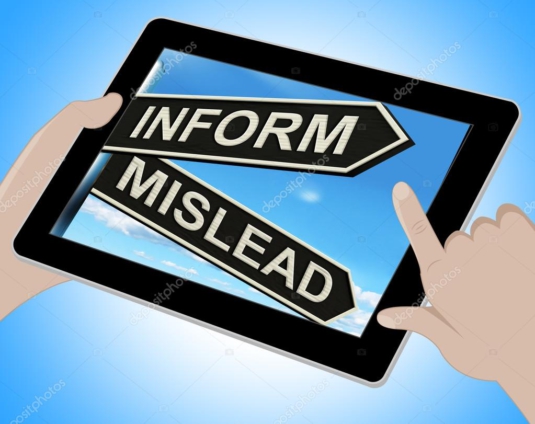The discussions on fake news have become a concern to many. Scholars have tried to give a working definition of what fake news is. Others like the UNESCO handbook for journalists have tried to establish the difference between fake news and misinformation, drawing on the fact that, misinformation is a form of fake news and hence, the need for a clear distinction to be drawn.
Concerns surrounding fake news have spread since the 2016 US presidential election. Many believe that “fake news” has become a powerful and sinister force in the online news media environment, with dire consequences for democracy (Glaser, 2017; Zengerle, 2016).
As a result, news organizations and technology companies have taken steps to stifle fake news production and dissemination (Owen, 2016). These efforts, and the discourse surrounding them, assume that fake news reaches a broad, susceptible audience, who do not compare these stories against those from other sources.
Fake News is defined as “fabricated information that mimics news media content in form but not in organizational process or intent.” Concerns about the harmful effects of fake news on democratic societies have yielded several ways to combat fake news. While some criticize producers and distributing platforms (e.g., social media sites), others address the urgent need for media literacy education, which can help audiences to develop the ability to better handle fake news.
Taken together, circumstances such as the outbreak of COVID-19 which according to WHO is a pandemic have contributed to a media environment where sensational headlines have become easier to find than they are to verify. As a result, two-in-three adults worldwide now believe fake news causes confusion about current events and issues, as well as basic facts.
In a media environment where news consumption has grown increasingly “incidental” and mediated by social media platforms (Fletcher and Nielsen, 2018), those with more availability will still likely be exposed to news from a wider variety of sources, while those with less availability will likely continue to consume news from the most popular sources.
With the widespread growth of not only digital journalism but also non-professional and unreliable information publishers, the boundaries between professional and non-professional news content have become increasingly difficult to distinguish.
Nowadays many different social actors, both within and beyond legacy news media, use digital technologies for the production and distribution of news. Emerging technological affordances have enabled audiences to do more with the media, and consequently the relationships between actors and audiences have changed. By providing every user with a potentially mass audience, social media platforms have broken traditional journalism’s monopoly over news production and distribution (Hermida, 2011; Tandoc and Vos, 2015).
But this also meant the spread of raw information without traditional vetting from journalists, spreading the onus of authentication to news audiences. At this stage of the COVID-19 pandemic, it is critical for individuals to be mindful of the information they consume. One element of misinformation is its ability to provide false connection of news headlines to main story, declaring resulting a state of panic and fear for readers who are not able to fully read beyond the headlines.
Media literacy is key as misinformation can take different forms. Let us all become a misinformation police and not a carrier of misinformation contagion.
Latest Stories
-
Dreams FC denies allegations of attempting to sign Najeeb Yakubu
9 mins -
Election 2024: ‘Right to free and fair elections non-negotiable’ – Akufo-Addo
14 mins -
Kurt Okraku took out my passport from the U23 squad that travelled to Japan – Najeeb Yakubu alleges
25 mins -
Where hope fails: Ghana’s decaying home for the destitute
34 mins -
NDC Mining Committee for 2024 campaign refutes allegations of recruiting thugs for elections
45 mins -
Traction Control: A lifesaver with an off switch? Here’s why it exists
48 mins -
I don’t need anyman to woo me with money – Miss Malaika 2024 winner refutes pimping claims
55 mins -
”Kurt Okraku sabotaged my national team career because I refused to sign with Dreams FC” – Najeeb Yakubu
56 mins -
Businesses urged to leverage Generative AI for enhanced customer engagement
60 mins -
MultiChoice Ghana partners with Ghana Hotels Association to elevate guest entertainment
1 hour -
Bawumia’s music streaming app or Mahama’s pay-per-view TV channel?
1 hour -
Karpowership Ghana empowers 40 Takoradi Technical University students with scholarship
1 hour -
We expect significant reduction in prices of petroleum products in coming weeks – CEO AOMC
1 hour -
Betway Africa offers once-in-a-lifetime ‘Play-on-the-Pitch’ experience at Emirates Stadium
2 hours -
I coined the term ‘hype man’ in Ghana – Merqury Quaye
2 hours

